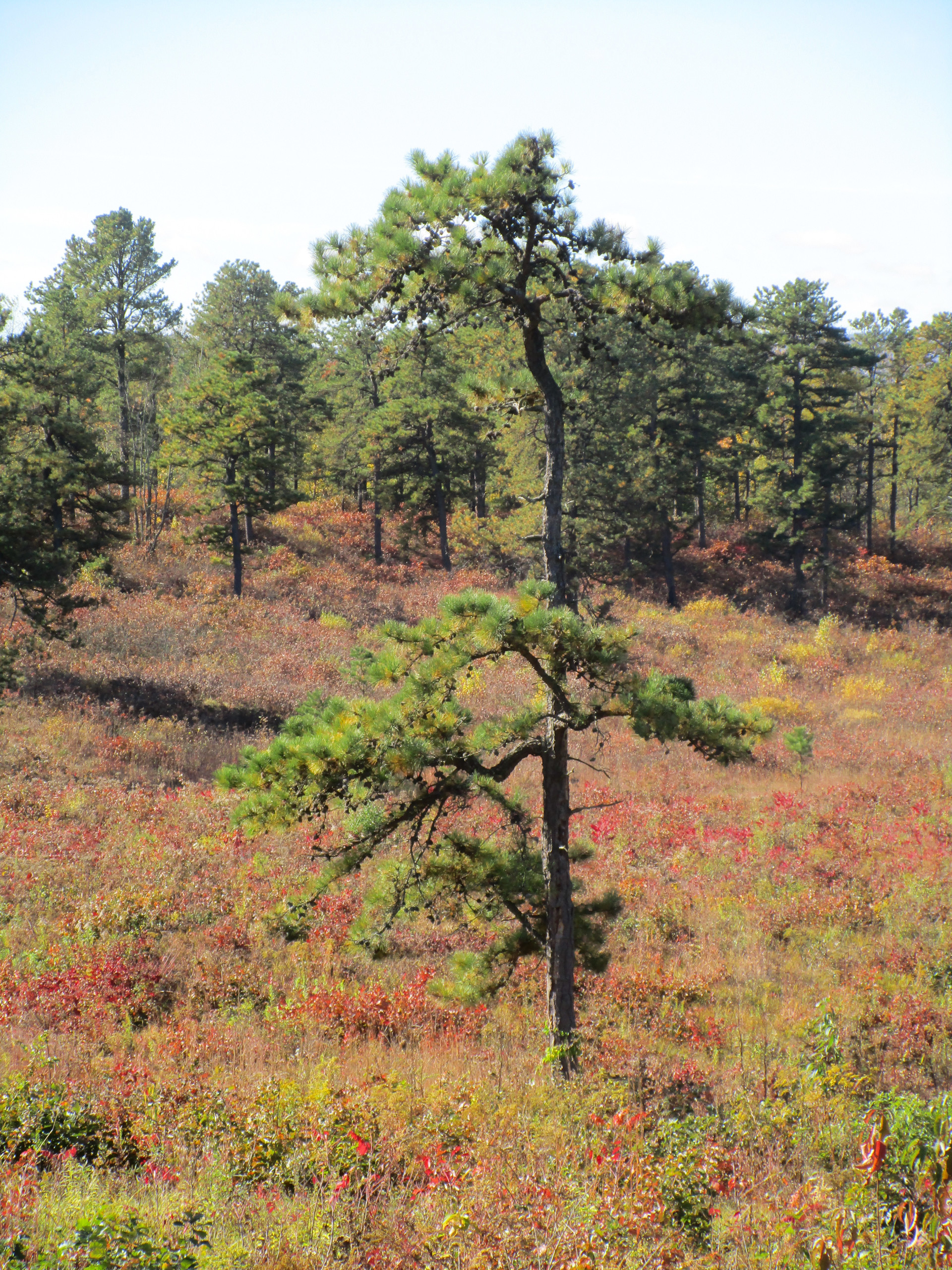Friday, 17 May 2013 By Melissa Hale-Spencer
GUILDERLAND — A mountain of garbage formed the backdrop Tuesday as clusters of eager students learned how to gauge life returning to a once-barren sandy plain. The land is being reclaimed by the Albany Pine Bush Preserve.
Farnsworth Middle School students, taught by Alan Fiero, who for 15 years has developed hands-on science projects in the Pine Bush, are in the vanguard
“It’s a pilot project. We hope to do it with other groups,” said Sara Poggi, an environmental educator. “The data will be useful for us.”
As the state legislature over the years has allowed the expansion of the Albany landfill, used by many local municipalities, the plan has been to eventually cap the filled sections and return the land to a state similar to the adjoining Pine Bush.
But how?
Fiero’s students, over the course of the next few years, will help answer that question.
Working with the preserve commission, Fiero secured a $5,000 grant from the Bender Scientific Fund that paid for research equipment, including binoculars, books for identifying wildlife, tools tocapture invertebrates, and chemicals to analyze water.
In an era when, Fiero noted, “Grants are drying up,” he’s pleased to have the equipment and hopes to continue the monitoring in future years when most of the remaining cost will be for transportation. On Tuesday, a school bus took the class to the reclaimed land, off of Washington Avenue Extension, wending its way down a long, sandy road.
Whether the capped dumping grounds can be restored remains to be seen, Fiero said. “It will be the biggest dune in the area,” he noted.
Fiero’s four classes of seventh-graders will return three or four times a year to work with preserve staff in monitoring the returning birds and aquatic life as well as literally testing the waters and capturing photographic images of the evolving terrain.
“To get things started”
Tuesday’s sojourn got off to an exciting start as Amanda Dillon, field ecologist and environmental educator, showed the kids stepping from the bus a female spotted turtle she had just found on the reclaimed land. The kids all wore white or tan long-sleeved jackets with hoods and tall gaiters on their legs to protect themselves from deer ticks.
As they listened attentively, Dillon told the students that the spotted turtle is a globally rare species. She pointed to a bump on the side of her shell — a transmitter that will track her whereabouts.
A recently created pond formed the focal point for the Farnsworth studies just as it will be a focal point for developing new life in the wetlands. The students went in groups to four stations around the perimeter of the pond to learn from commission staffers.
Here and there, blue lupine plants blossomed. Lupine is the iconic plant of the globally rare pine barrens, essential for the survival of the Karner blue butterfly. The kids were careful to step around the plants.
“We dug a hole for wetlands to get things started,” said Neil Gifford, conservation director.
Banding birds
He described the “mist net” that catches birds so they can be identified, measured, recorded, and banded before they are released.
“Every bird has a distinctive song to attract a mate,” he said. “The male says, ‘This is my spot; stay out.’”
Gifford named the birdsongs he had heard on Tuesday morning — that of the red-winged blackbird, the catbird, the mallard, the goldfinch, and the swallow.
In his right hand, Gifford held a white bag that fluttered slightly. He put in his left hand to gently pull out a robin, caught in the mist net earlier.
“How do you keep from getting pecked?” asked seventh-grader Noah Cohen-Greenberg.
“You can’t flinch,’ responded Gifford. He said that northern cardinals were the worst bird to handle.
Gifford showed how to measure the bird’s mass. “They’re chunky monkeys,” said Gifford, reporting this robin’s mass at 99 grams even. Next to him, Wayne Russell, a student at Paul Smith’s College, carefully recorded the data.
He noted the location as “restored VP” for vernal pond. Next, Gifford fanned the bird’s feathers, noting six in the tail.
“He has a generalist’s bill,” he As he prepared to band the robin, Gifford passed a wire hanger strung with the federal bands, each one unique, for the kids to look at. “When this bird migrates — someone might catch it in Georgia or Florida, who knows — they can look at this number and go online and find out all about it,” he said.
The very information being recorded by Russell would be accessible by computer.
“What’s the biggest bird you ever caught?” asked Cohen-Greenberg.
“Right there,” answered Gifford, pointing to the sky. Against an azure backdrop with puffs of white clouds, a hawk overhead was getting mobbed by a gang of smaller birds.
Gifford went on, “Birds have a strong site fidelity…They’ll come back year after year as long as they breed there.”
Holding the robin belly-up, he said, “Now we’ll check to see if it’s a boy or a girl.”
The students leaned in as Gifford blew through a straw on the bird’s feathers, parting them so the skin beneath showed.
“Eww,” said a student as Gifford explained the red color beneath the feathers was blood in the muscle rather than the skin, which is almost translucent.
“This is a male,” he declared. Gifford measured his fat as “zero,” noting that is typical for springtime when “they use everything they get.”
As the robin made noises that sounded as if he were frightened, Gifford explained, “Imagine if you were surrounded by 12 tigers — he’s scared. We’ve got forward-facing eyes; that tells him we’re predators.”
The Altamont Enterprise is one of the best newspapers in the Capital Region. The articles are thorough and accurate. Please read the rest of this article at: http://www.altamontenterprise.com/index.php/news/guilderland/662-a-bird-in-the-hand-helps-gauge-reclaimed-pine-bush
